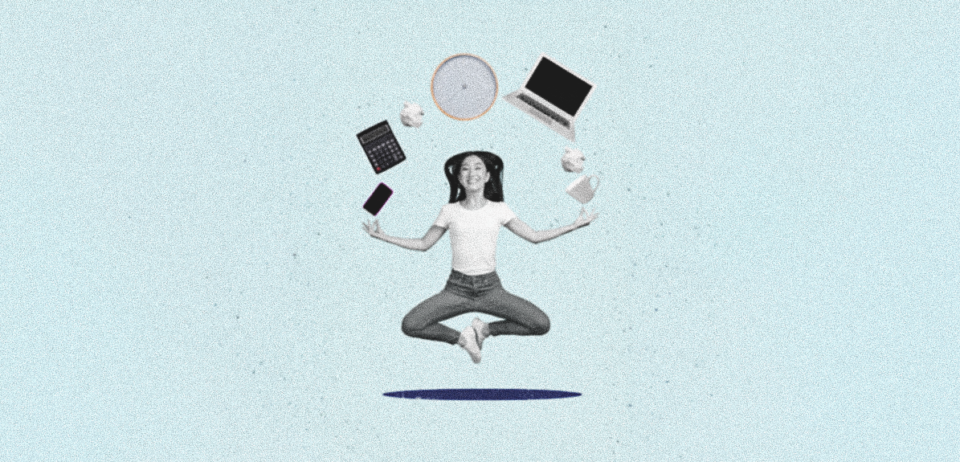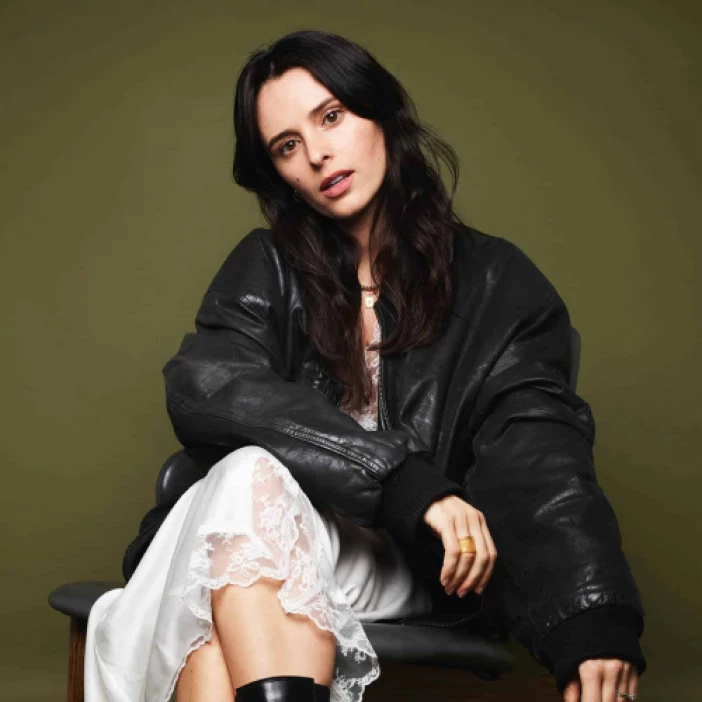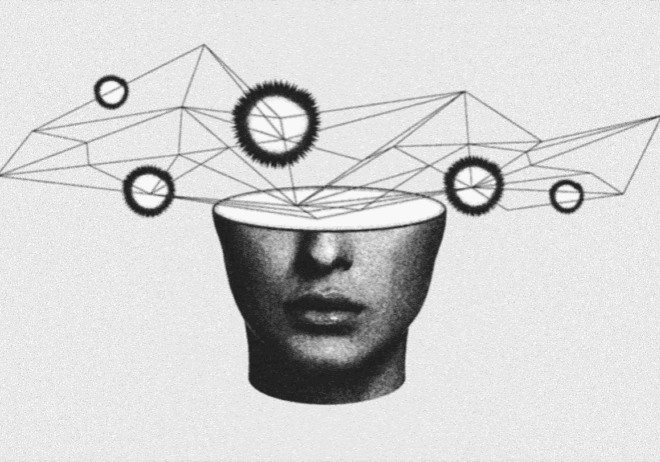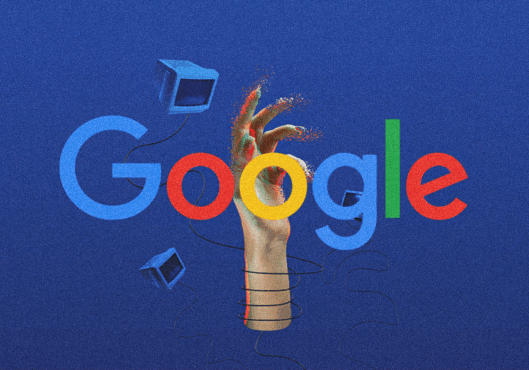
Circular Economy Meets Creative Strategy: Reinventing Sustainable Advertising
First came #SponCon (Sponsored Content). Then de-influencing took over. Now there’s a new wave currently sweeping around our feeds, which is more concerned with sustainability than flashy new purchases. By supporting the circular economy rather than encouraging excessive consumption, influencers are rewriting the rules of traditional advertising. This is the new age of circular economy creators.
They’re the internet’s stylish minimalists, vintage diggers, rental service advocates, and slow fashion educators. Instead of pushing you to “buy now,” they help you think twice about what you already own. And somehow, they still manage to inspire, trend, and sell differently.
So how exactly are these creators rewriting the rules of influence without the waste? Let’s dive into it.
First, let’s understand who is a circular creator?
Imagine your favorite fashion or lifestyle influencer — now remove the fast fashion partnerships, the constant unboxings, and the “link in bio” consumerism. Replace all that with content that highlights reuse, repair, resell, rent, and recycle. That’s the ethos of circular creators.
As part of a rising trend, they support the circular economy, an economic model that tries to reduce waste by extending the life of resources and goods. Think upcycling guides rather than Amazon tricks, secondhand apparel hauls rather than Zara lookbooks, and partnerships with peer-to-peer resale platforms rather than mega-retailers.
Circular producers are gently encouraging us to stop and think about the life cycle of our purchases in a world full of content that encourages us to spend more.
Let’s talk about the fast to last content revolution
The traditional influencer economy runs on a linear model: promote > purchase > discard > repeat. It’s profitable, sure, but it’s also incredibly wasteful. Circular creators interrupt that pattern with smarter, slower, and surprisingly stylish content.
Consider the case of Venetia La Manna. Her posts emphasize ethical substitutes while criticizing quick fashion companies. Or Kristen Leo, who curates thrifted looks and discusses the environmental costs of overproduction. Then there’s Shelbizleee, who champions sustainable swaps and conscious living — no guilt-tripping, just real talk.

Why is their content so captivating? Authenticity. They’re encouraging smarter thinking rather than buying the newest product. And Gen Z and Millennials, who are becoming more environmentally conscious and value-driven, find great resonance in that change.
Sustainability goes mainstream with the rise of the circular economy
Let’s be real — sustainability used to be the side salad of the influencer world. Now, it’s becoming the main course.
Brands are noticing the pivot, too. Circular creators are being tapped for campaigns that focus on rental models, take-back programs, resale platforms, and even zero-waste packaging. These aren’t just greenwashing campaigns; they’re collaborations built around shared values.
Consider platforms like Depop, Vinted, or ThredUP. They’ve gone from niche apps to major players by partnering with creators who live and breathe circular fashion. Not to be overlooked are Levi’s SecondHand and Patagonia’s Worn Wear, both of which have emphasized narrative through cyclical influencers that highlight how pre-owned and vintage items can still be aspirational.
Circular content is no longer “too alternative” — it’s becoming a new form of luxury.
Rethinking ROI: How brands and circular creators are redefining influence
If brands want to stay relevant in a shifting consumer landscape, they need to do more than just go green — they need to go circular. That means reimagining not only their supply chains but also who they choose to partner with and how they tell their stories.
Already, circular creators are leading the way. They offer a different kind of ROI — Return on Intention. It’s not just about clicks or conversions anymore. Credibility, community, and enduring brand loyalty are key. Promoting a resale platform or a sustainable brand by these creators is not an isolated post; rather, it is an extension of their principles. And viewers are aware of that distinction.
The catch is that they’re accomplishing: they’re doing all this without pushing constant consumption. So how do they monetize? The answer lies in ethical entrepreneurship. Circular creators have found creative and conscious ways to earn, from affiliate links with resale platforms and brand collaborations focused on repair or rental services, to selling e-books, hosting workshops, and offering styling consultations. Many also rely on community support through platforms like Patreon or Ko-fi.
They’re not anti-business — they’re just building a better kind of business. One that proves you don’t have to sell more to matter more.
From consumption to curation: The rise of scaled circular economy influence
Circular creators aren’t just changing how we shop — they’re reshaping how we think about ownership, value, and style. They’re proving that owning less doesn’t mean sacrificing aesthetics. Vintage isn’t outdated — it’s iconic. Renting is aspirational. Mending is cool. And buying secondhand? That’s the new luxury.
Their message is resonating. Scroll through your feed and you’ll find more “What I’m NOT buying this month” videos, capsule wardrobe reveals, and content that highlights the story behind a piece, not its price tag. It’s a quiet but powerful cultural shift — one that favors intention over impulse.
And it’s not staying niche. What started off as a tiny community is rapidly growing and impacting popular trends on several platforms. TikTok’s “thrift flip” culture and Instagram reels on upcycling are turning circular living into a lifestyle. From excess to ethos, even conventional influencers are switching from hauls to hand-me-downs.
What’s next? Expect to see even more creator-led resale shops, brand trade-in campaigns promoted by influencers, and fashion rental models fronted by content creators. This isn’t just a trend — it’s a new blueprint for influence. One that reimagines advertising around sustainability, narrative, and substance, challenging the outdated model based on waste.
Cut to the chase
Circular creators represent a seismic shift in how influence works. They don’t chase virality through excess, they build loyalty through intention. In a world overwhelmed by fast content and disposable culture, these creators are redefining what it means to be influential: waste-free, values-driven, and deeply human. Influence 2.0 is here, and it’s aligned with the principles of the circular economy. So the next time you scroll past a beautifully styled vintage flat lay or a clip on how to upcycle an old hoodie, remember, you’re not just seeing content; you’re witnessing a quiet revolution.


